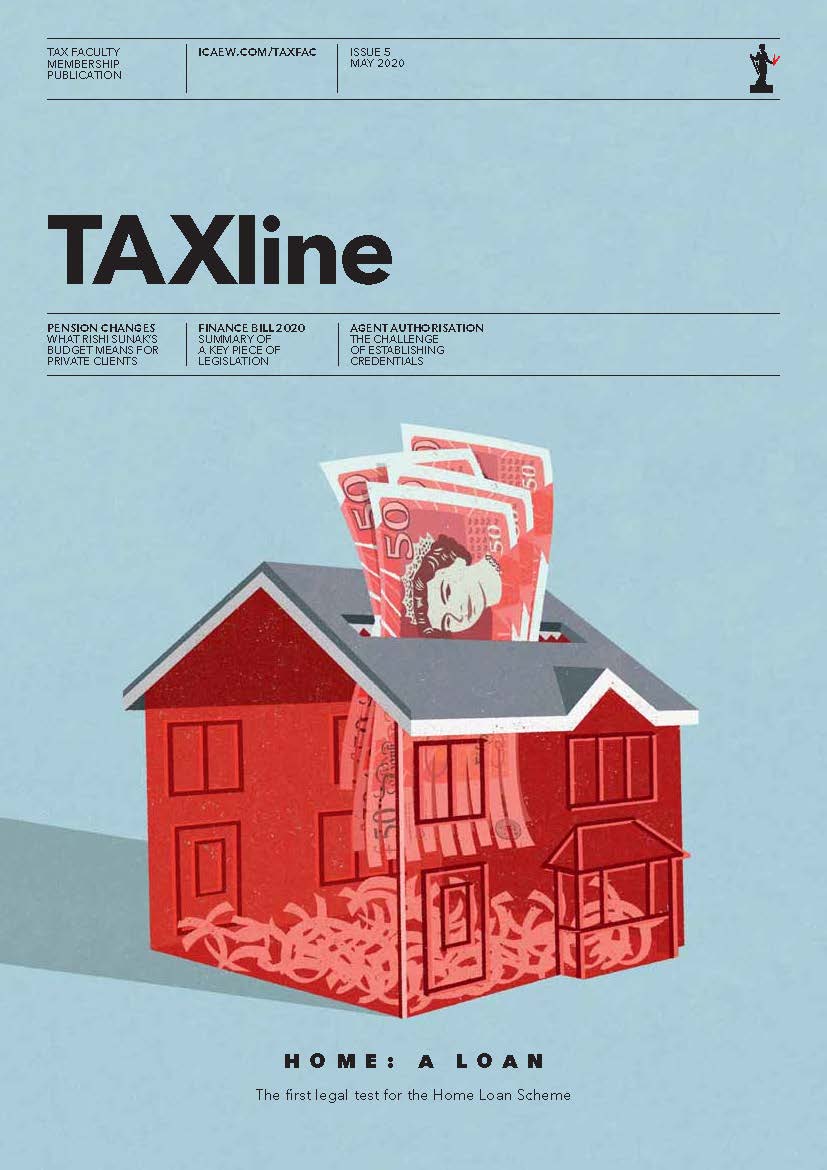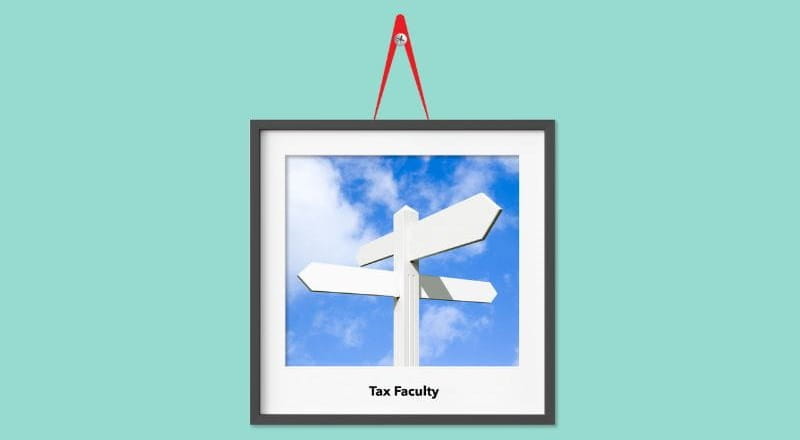The Spring Statement more closely aligns NIC for employees and the self-employed. ICAEW’s Tax Faculty breaks down what this means for employees, employers and the self-employed.
Employees
From 6 July 2022 the national insurance contributions (NIC) class 1 primary threshold (PT) for employees will be aligned with the income tax personal allowance. The PT will be £242 per week from 6 July (currently £184 per week in 2020/21, rising to £190 per week from 6 April), the monthly equivalent will be £1,048, and the annual equivalent £12,570.
In 2022/23, up to 5 July 2022, the NIC class 1 PT for employees will be as previously announced. Thus, the primary threshold will be £190 per week, the monthly equivalent will be £823, and the annual equivalent £9,880.
The lower earnings limit (LEL) will remain at the amount previously announced for 2022/23 of £123 per week, £533per month and £6,396 per year. Employees will continue to pay NIC at 0% on weekly earnings between the LEL and the PT and build up NIC credits for state pension and contributory benefits.
As NIC is not cumulative, this means that only nine months’ earnings will benefit from the higher thresholds.
The application of the threshold announced today has been delayed until July to give software developers time to update payroll software. ICAEW’s Tax Faculty welcomes the fact that the government has taken this practical implementation point into account.
Employers
Employment allowance (EA), available to smaller employers, will be increased from £4,000 to £5,000.
The interaction of EA with subsidy control, which replaced state aid from 1 January 2021, remains unclear. The Tax Faculty has previously asked HMRC for clarification.
The self-employed
The class 4 NIC lower profits limit (LPL) will increase in 2022/23 to £11,908. The reason for not raising it to £12,570 is to be consistent with employment income. Thus, the LPL for 2022/23 will be equivalent to 13 weeks at the previously-announced threshold, and 39 weeks at the higher threshold aligned with the income tax personal allowance.
For 2023/24 onwards the class 4 LPL will be £12,570.
The class 2 small profits threshold (SPT) remains unchanged for 2022/23 at £6,725, as previously announced.
From 6 April 2022, self-employed individuals with profits between the SPT and the class 4 LPL will build up national insurance credits to be able to access state pension and other contributory benefits but will not pay any class 2 NIC. This is effectively a zero rate.
Assessment of the changes
The government estimates that almost 30m people will benefit, with a typical employee saving over £330 in the year from July and that around 70% of NIC payers will pay less NIC, even after accounting for the introduction of the health and social care levy (HSCL). Around 2.2m people will be taken out of paying class 1 and class 4 NIC and the HSCL entirely, on top of the 6.1m who already do not pay NIC. The government has also commented that as NIC is only paid on earned income, whereas income tax is paid on a much wider range of income, such as property and pensions, this makes the taxation of income fairer.
Further information:
Spring Statement
On 23 March 2022, the Chancellor delivered his Spring Statement. Read ICAEW's analysis and reaction.

Tax Faculty
This guidance is created by the Tax Faculty, recognised internationally as a leading authority and source of expertise on taxation. The Faculty is the voice of tax for ICAEW, responsible for all submissions to the tax authorities. Join the Faculty for expert guidance and support enabling you to provide the best advice on tax to your clients or business.
More support on tax
ICAEW's Tax Faculty provides technical guidance and practical support on tax practice and policy. You can sign up to the Tax Faculty's free enewsletter (TAXwire) which provides weekly updates on developments in tax.
Sign up for TAXwireJoin the Tax Faculty

